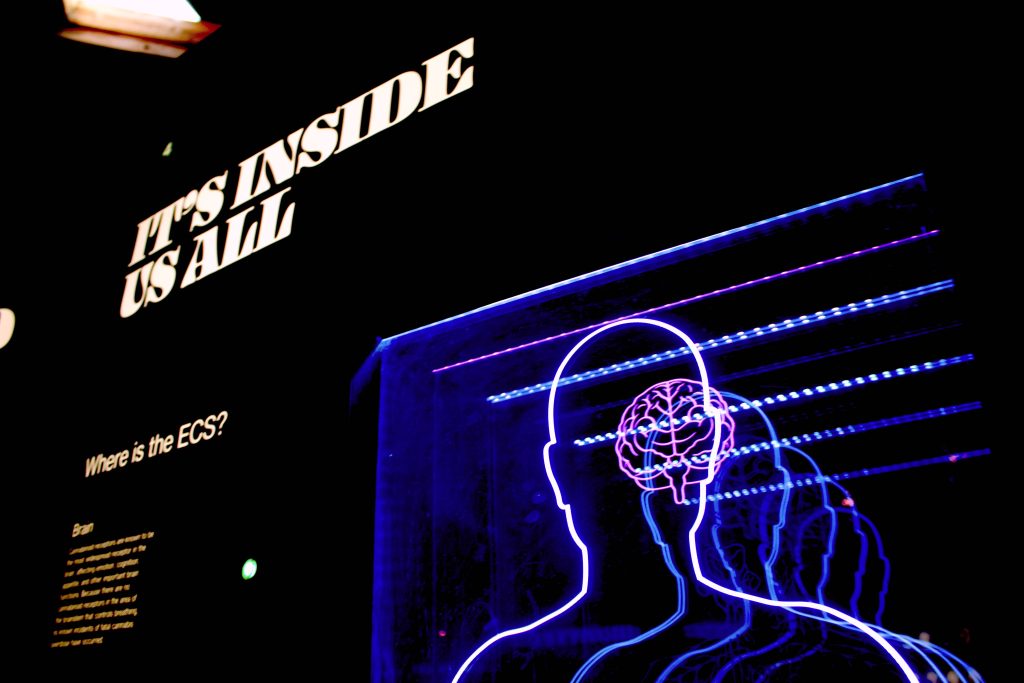
Unconscious biases (UB) are social stereotypes about certain groups of people that individuals form outside of their conscious awareness and can inadvertently lead to individuals being insulted, offended, hurt or judged as less competent. Recently, many organisations have turned to unconscious bias training to address the impact that UB have on workplace diversity and the overall employee experience.
UB training aims to bring those biases to the surface by helping individuals recognise, question, manage and mitigate their biases. According to Culture Amp’s 2022 Workplace DEI report, 54% of organisations have specific unconscious bias training programmes in place, suggesting there is ample room for many more organisations to implement their own UB training programmes.
As with any training programme, ensuring its effectiveness and success is a must-do for any HR or L&D specialist. Below are some considerations that can ensure UB programmes work to the benefit of your organisation.
- Establish outcomes: Focusing on the why of the training creates accountability and signals that the training is not merely a performative act. Establishing why the company is holding the UB training and what its objectives are, for example, increasing representation of employees from diverse backgrounds or improving inclusion will create firm goals for this DEI effort.
- UB training is not a cure-all: UB is useful as part of a larger DEI strategy and HR and L&D must be well aware of its limitations. The overall purpose of any UB training is to ensure that employees have a platform to discuss and challenge biases that are encountered in the workplace. Without overarching DEI principles guiding the training, its impact may be limited.
- A need for tools: While UB training provides the platform for discussion around biases, it is equally important that the training equips attendees with the necessary tools to mitigate their biases. Simply bringing the biases to awareness is not enough to change them which is why it is vital that any UB training programme provides the necessary resources to do so.
- Measure and track effectiveness: As with any DEI initiative, it is imperative that its success and impact can easily be tracked and measured. Creating tangible metrics such as reducing the number of microaggressions encountered in the workplace or improving representation amongst leadership roles will ensure that the UB training has an objective as well as enable tracking to check for signs of improvement. It is important to remember that the success of these initiatives will need to be monitored over time to understand if UB training has a long-term impact.






